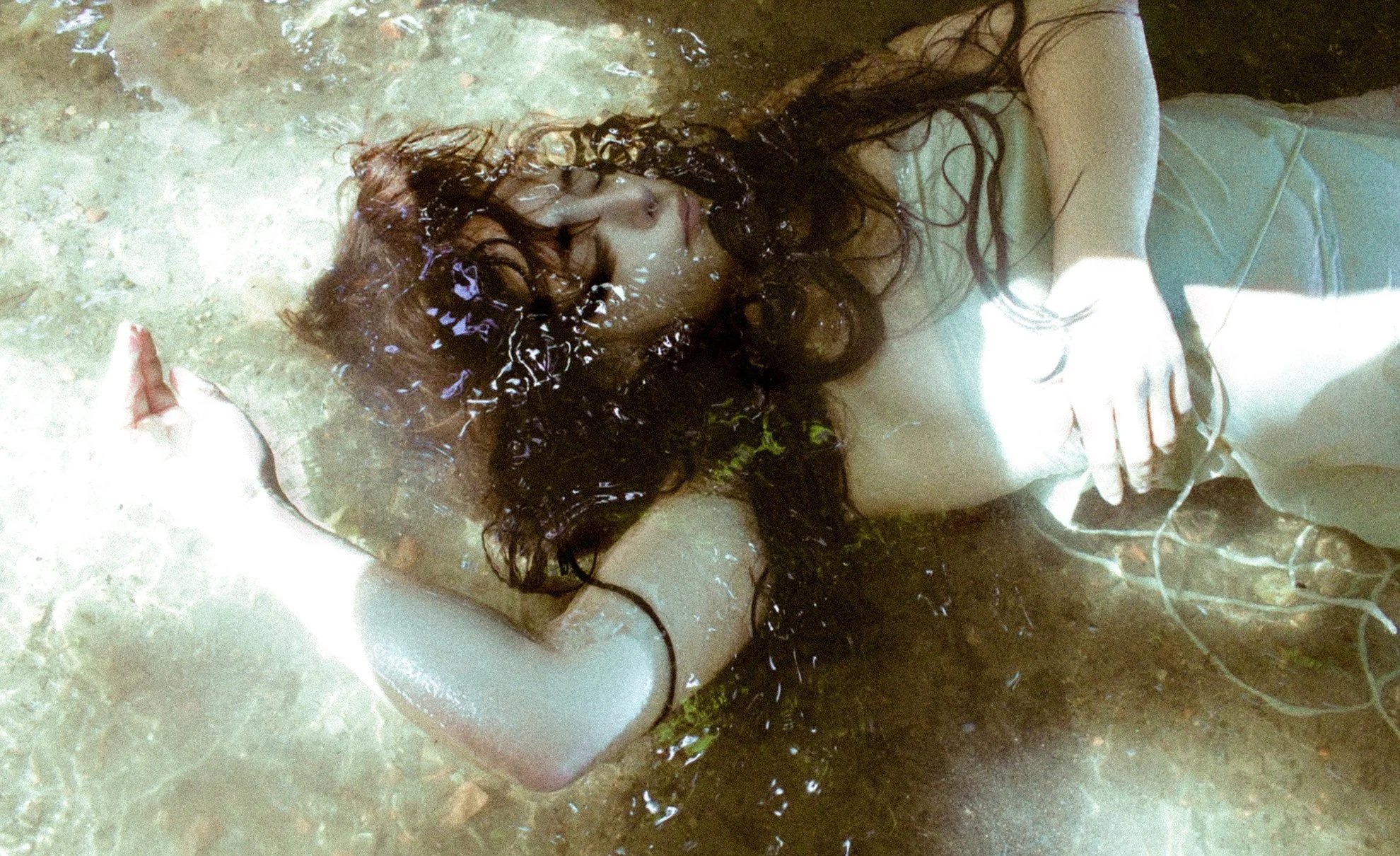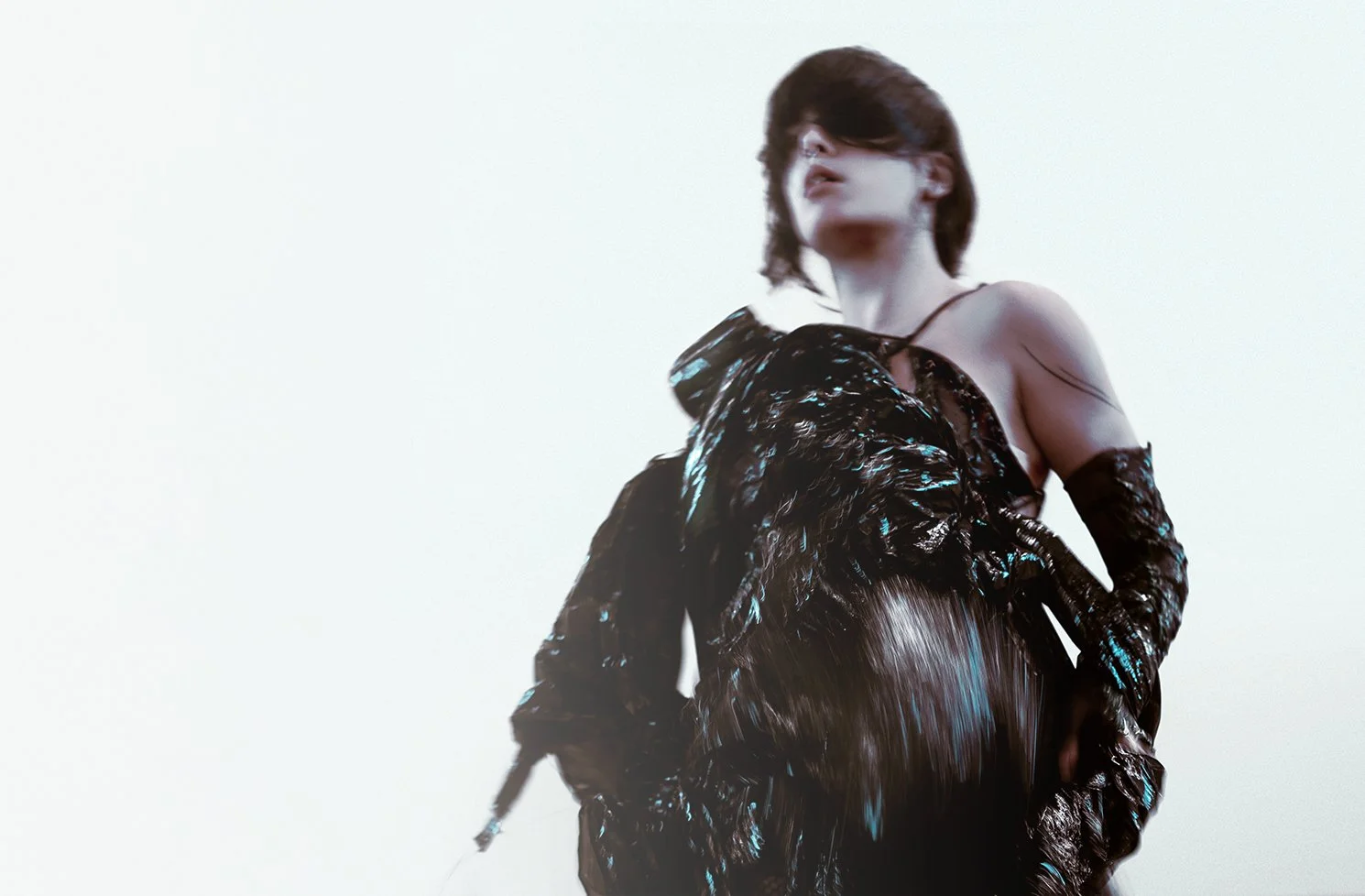ABYSS
ABYSS is a short solo dance performance directed and choreographed by Sabina Andrea Allen and performed by Xenia Argyri. Staged around and inside an aquarium, it explores how fear is experienced through the feminine body, weaving the myth of Medusa, contemporary movement, and experimental sound with opera vocals into a meditation on vulnerability, survival, and transformation. It was presented on 29 August 2025 at the MOVING BODIES – Festival for Dance at Tiefer See in Waschhaus Potsdam, Germany, in cooperation with the OXYMORON dance company.
CREATIVE TEAM
Concept/ Idea/ Co-production: Sabina Andrea Allen/ Xenia Argyri
Direction/ Choreography/ Dramaturgy: Sabina Andrea Allen
Dancer/ Performer: Xenia Argyri
Light/ Set Design: Valia Lolidou
Music Composition: ATNAI (Dimitris Kounatiadis, Pyrros Marmatakis)
Opera Vocals: Iony Moschovakou
Fashion Design: Helena Stolting
Video/Edit: Vicky Sagri
Color: Spiros Hrisomallidis
Photography: Marianna Sagri
ABYSS
The performance was conceived as a response to the question: What scares me most? Set in water, ABYSS explores how fear is lived through a feminine body, how softness becomes suspect, intimacy becomes risk, and survival becomes a gesture.
The title ABYSS comes from the ancient Greek ἄβυσσος (ábyssos), a- (without) and bythos (depth), meaning “bottomless.” In Greek thought, the abyss is not simply a void, but a space of immeasurable interiority. The phrase "Άβυσσος η ψυχή του ανθρώπου" (“The soul of a human is an abyss”) positions the psyche as oceanic: deep, unknowable, and haunted by what cannot be spoken. The performance stages this psychic depth through the metaphor of water, fluid, unstable, and revealing only in fragments.
The movement language is rooted in contemporary dance vocabulary but extends beyond it, structured around an experimental dance score. Sculptural stillnesses, exhaustion and butoh-inspired figures punctuate the flow, giving form to emotional states as if carved in time. The body trembles, hangs, resists, or yields, offering moments of visual poetry that hover between abstraction and narration. The dancer becomes both creature and conduit.
At the heart of the choreography is the jellyfish, a creature suspended between transparency and threat. Its delicate form seduces, while its sting warns. The dancer embodies this duality, moving between allure and defense, fluidity and sudden interruption. The jellyfish becomes an emblem of feminine paradox: soft, beautiful, and feared for its hidden power.
The work also draws from the myth of Medusa, whose body was transformed into a weapon after violence. Medusa’s gaze turns others to stone. Her gaze petrifies not to destroy but to protect. In ABYSS, Medusa becomes a framework for understanding how fear is internalized and then projected outward, how survival often takes the form of stillness, silence, or menace.
An aquarium forms the main feature of the stage, a transparent container, filled with water, echoing the performance space and mirroring the dancer’s movements. It becomes a central image of how humans attempt to cage what they fear. The aquarium holds sea creatures, but it also reflects us: our instinct to isolate, display, and control what is perceived as unknowable, wild, or threatening. It is both symbol and shrine, an enclosure for the abyss itself.
The soundscape moves between contrasting emotional textures: bubbling water, abstract techno pulses, a reinterpreted opera aria, and the solemn tone of a Greek (funeral lament). These sonic layers evoke different forms of descent, into memory, into grief, into the unconscious. They create an immersive atmosphere that vibrates between the intimate and the epic, the bodily and the mythic.
Developed during a residency in June 2025, ABYSS unfolds in three cycles, each probing a different facet of vulnerability, physical, emotional, symbolic. Performed in the Waschhaus in Potsdam, the piece invites audiences into a temporary, trembling space where fear becomes form, and the body becomes a vessel for what we cannot name but deeply feel.


